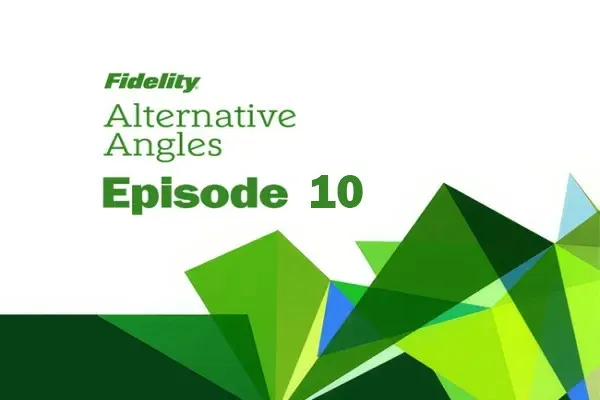During a recent webinar about foreign exchange trading, Derek Sammann, senior managing director for metals, options and forex at CME Group, made a startling disclosure. Last year trading in forex futures and options on the Chicago Mercantile Exchange surpassed volume on EBS, which had long been considered the primary institutional platform for spot currency trades.
Daily forex turnover on the CME reached $1.3 billion last year, versus about $1 billion for EBS, Chicago-based Sammann tells Institutional Investor. In 2006 the CME was doing only about 10 percent of EBS’s volume. This relative change reflects in part the decline of EBS’s volume in recent years as a slew of new platforms have entered the spot trading market. But use of forex derivatives has ballooned during this period. What’s driving that trend?
The financial crisis in 2008 made traders appreciate the importance of counterparty risk, Sammann contends. When Trader A sells currency to Trader B, the former is exposed to counterparty risk until the latter pays up. With futures, a central clearinghouse assumes that risk. CME owns CME Group Clearing House, which clears for its five underlying exchanges, and a U.K.-based clearinghouse for the new CME Europe, which opened in April with trading in 45 currency futures. In the central clearinghouse world, everything is marked to market twice a day; investors have to post additional margin to the clearinghouse if prices move against them. The risk of a loss if a counterparty goes bankrupt is drastically reduced, if not eliminated. “You’ve got no more credit risk, no more counterparty risk and no more market risk,” Sammann says.
More clients also want the added security of trading on a regulated, transparent exchange rather than making bilateral deals, he explains. But he insists that CME has found new investors rather than taking them from other venues: “We’ve been cross-selling clients from our equity, metals and energy franchises, who already know the technology, are already connected and can add a new asset class.”
Recent data from the Bank for International Settlements confirms the forex derivatives trend. Trading of forex options increased 60 percent between 2010 and 2013, the BIS reports, while cash trading grew by only 38 percent, to $2 trillion per day. Options and forwards accounted for a quarter of the growth in forex turnover. The trend will probably continue, according to a new report from Stamford, Connecticut–based Greenwich Associates. Although recent U.S. rules exempt forex swaps and forwards from trading and clearing requirements, the authors write, trade reporting regulations and Basel III capital requirements are “likely to encourage a shift of some FX swaps and forwards business to futures.”
Marc Chandler, global head of currency strategy at Brown Brothers Harriman & Co. in New York, says he still has doubts about whether forex is an asset class because there’s no earnings stream from holding currencies until they are placed on deposit or invested in a fixed-income instrument. “Rather than it being a vote of confidence in an asset class, it’s a vote of confidence in that advanced settlement system,” Chandler says of the increase in forex derivatives trading. Futures are also often cheaper than spot transactions, like an off-the-rack suit is cheaper than a tailor-made one, he adds. “If you look at the spreads between bid and offer, the spread in the spot market is actually wider than in the futures market.”
Sang Lee, Boston-based co-founder and managing partner at research firm Aite Group, says most of the traders he speaks with now regard forex as its own asset class. Lee points to the fact that currency traders are now much more focused on the cost of each transaction, calling it “a telltale sign that firms are certainly looking at FX as a legitimate asset class.” The expansion of retail currency trading is further proof, he says. • •






